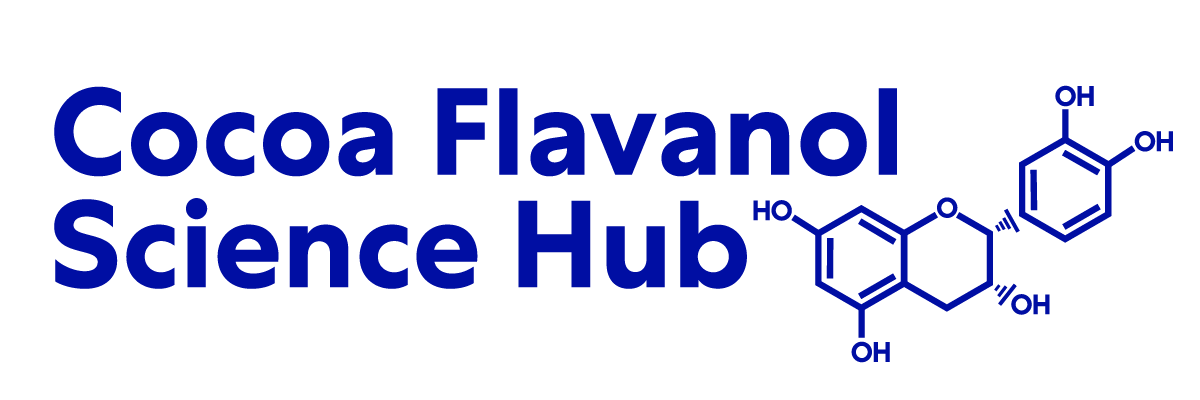Studies in polyphenol chemistry and bioactivity. 2. Establishment of interflavan linkage regio- and stereochemistry by oxidative degradation of an O-alkylated derivative of procyanidin B2 to (R)-(-)-2,4-diphenylbutyric acid.
The assignment of interflavan bond regio- and stereochemistry in oligomeric proanthocyanidins has in the past relied on empirical spectroscopic techniques which are influenced by the conformation of the C rings. Only recently was the 4,8-regiochemistry of procyanidin B2 (3b) firmly established by 2-dimensional NMR methods. We describe herein the proof of 4beta-stereochemistry in 3b by oxidativedegradation of the derivative 3d bearing differential (O-benzyl and O-methyl) protecting groups in its "top" and "bottom" epicatechin moieties, to (R)-(-)-2,4-diphenylbutyric acid. The key elements of the degradative process are (1) removal of the C-3 alcohol functions through a modified Barton deoxygenation employing hypophosphorous acid as the reducing agent; (2) deprotection of the "top" unit by hydrogenolysis, followed by exhaustive aryl triflate formation with N,N-bis(trifluoromethanesulfonyl)aniline and DBU in DMF; (3) hydrogenolytic deoxygenation of the "top" unit over Pearlman's catalyst with concomitant scission of the O-C2 bond; (4) selective oxidation of the "bottom" unit with NaIO4/RuCl3. The hitherto unreported absolute configuration of (-)-2,4-diphenylbutyric acid was established as R by X-ray crystal structure analysis of the (R)-(+)-alpha-methylbenzylamine salt. As a corollary, the selectivity of hydrogenolytic and solvolytic reactions of epicatechin-derived tetrasulfonates has been investigated.
See the Full Study > (opens in a new tab)









